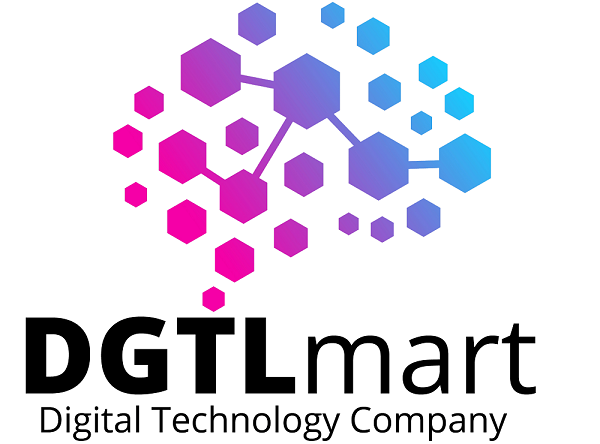Google Analytics 4 vs Universal Analytics: A Definitive Comparison for 2025
![Google Analytics 4 vs Universal Analytics - [UA to GA4]](https://dgtlmart.com/wp-content/uploads/2022/12/Google-Analytics-4-DGTLmart-1-938x1024.jpg)
Are you trying to understand which is better—Google Analytics 4 vs Universal Analytics? You’re not alone. With Google’s shift from Universal Analytics (UA) to GA4, marketers and business owners are eager to learn the differences, advantages, and what this change means for tracking digital performance. Let’s explore in detail.
A Quick Look Back: The Evolution of Google Analytics
Google Analytics has undergone several transformations since its beginning. Back in April 2005, Google acquired Urchin Analytics, marking the start of modern web analytics. Over the years, it evolved into Universal Analytics (UA) in 2012.
However, due to growing privacy regulations and data tracking limitations, Google announced the sunset of Universal Analytics. From July 1, 2023, GA4 became the default analytics platform, replacing UA for all users.
What’s New in Google Analytics 4?
Google Analytics 4 (GA4) is built to meet modern business and compliance needs. Unlike its predecessor, GA4 offers:
- Enhanced privacy-centric tracking
- A cross-platform data model (web + app)
- Predictive insights using AI
- Free access to BigQuery
- Event-based tracking model instead of sessions
These upgrades make GA4 more adaptable for current and future marketing needs.
Google Analytics 4 vs Universal Analytics: Key Differences
Let’s break down the major differences between GA4 and Universal Analytics:
1. Measurement Model
- Universal Analytics (UA) uses a session-based tracking model focused on pageviews.
- GA4 relies on an event-based model. Every action (scroll, click, video view) is tracked as a unique event, allowing for deeper insight into user behavior.
2. User Identification
- UA uses Client ID (browser-based).
- GA4 prioritizes User ID and considers active users, offering more accurate and unique user data across devices.
3. Reporting Views
- UA allows up to 25 customizable views per property.
- GA4 only supports one view per property (no additional views unless using GA360), promoting simplified yet centralized data.
4. BigQuery Integration
- GA4 provides free access to BigQuery, enabling advanced analysis and data warehousing.
- UA requires the premium GA360 version for BigQuery support.
5. Debugging Tools
- GA4 includes a built-in DebugView, helping developers test tags and events in real time.
- UA lacks this real-time debugging functionality.
Why GA4 is the Future of Analytics
GA4 is not just a redesign—it’s a complete rebuild aimed at future-proofing your analytics. It emphasizes:
- Cross-device measurement
- Privacy compliance (GDPR, CCPA)
- AI-powered predictive metrics
- Integration with advanced tools like Google Ads, BigQuery, and Firebase
In the debate of Google Analytics 4 vs Universal Analytics, it’s clear that GA4 is the superior choice for the modern digital landscape. While it may take time to adjust to the new interface and model, the depth of insights, privacy readiness, and integration capabilities make it a worthy upgrade.
Stay ahead of the curve—start using GA4 today to make data-driven decisions that support your business growth.
Need help migrating from UA to GA4?
Let DGTLmart’s expert analytics consultants guide your business through the transition and unlock the full potential of GA4.
Email: contact@dgtlmart.com
Phone: +91-9810559439
Website: www.dgtlmart.com
